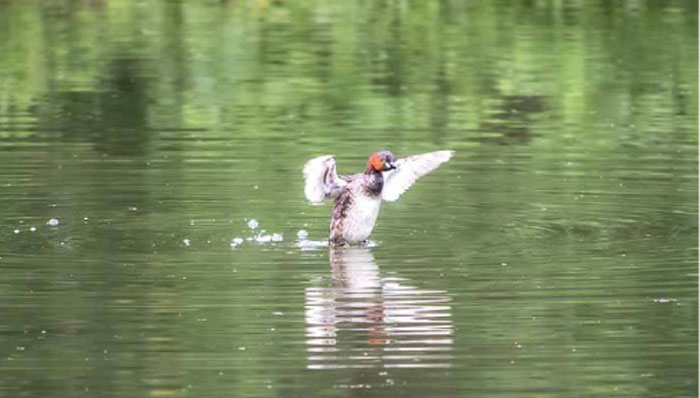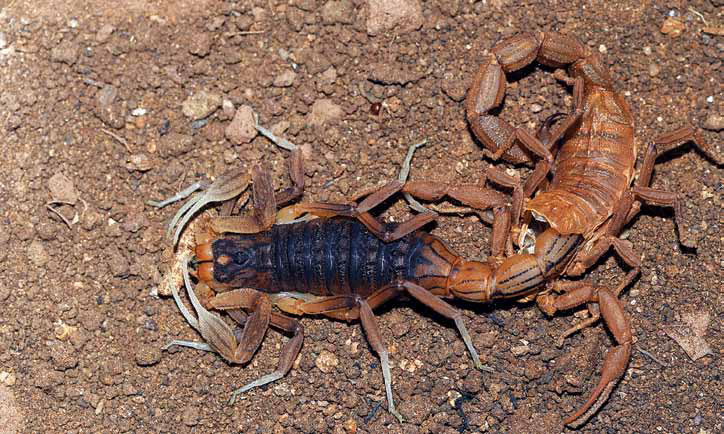
Scorpions: the enigmatic arachnids, with notes on scorpion diversity in MP
By Sudheer Kumar Jena, Pragya Pandey, Pratyush P. Mohapatra
Scorpions are familiar to humans as bizarre arachnids with a pair of handlike pincers, a segmented tail arched with a stinger at the tip. They are among the most primitive animals thought to come to the surface from the aquatic environment around 435 million years ago.
Scorpions are also associated with human culture since early civilization and in Greek mythology, Orion, the son of Zeus, used scorpions as effective weapons to defeat Artemis. Scorpio, the eighth zodiac sign in the constellation, is named as it resembles a scorpion. This animal group has been part of the mythology and folklore of many civilizations all around the globe. Scorpions are worshipped in many cultures as good and evil characters. But a common perception about scorpions always goes towards an aggressive and dangerous animal.
How many species?
There are 2772 scorpions found all over the world and the number is increasing day by day. So far, 151 scorpions have been reported from India. The number of identified species of scorpions is considered to be far less than actually expected. This is due to the survival adaptation of scorpions in extreme habitats.
Scorpions of Madhya Pradesh
The state Madhya Pradesh is very diverse in terms of biogeography. In terms of scorpions, Madhya Pradesh is home to 24 species (4 Families and 8 genera). Seven species have been described from the state in the past. One endemic scorpion i.e.-Scorpiops pachmarhicus Bastawade, 1992 is only known from two localities of Pachmarhi Biosphere Reserve.
The body plan of a Scorpion
A scorpion’s body can be divided into four parts; the anteriormost appendages comprising a pair of hand-like pedipalps; the carapace which contains the eyes; a dorsally seven-segmented and ventrally five-segmented body or the mesosoma; and the posteriormost tail or metasoma which is of five segments with a venom gland and a needle-like stinger at the tip. They have 4 pairs of leg originating from the cephalothoracic region of the body.
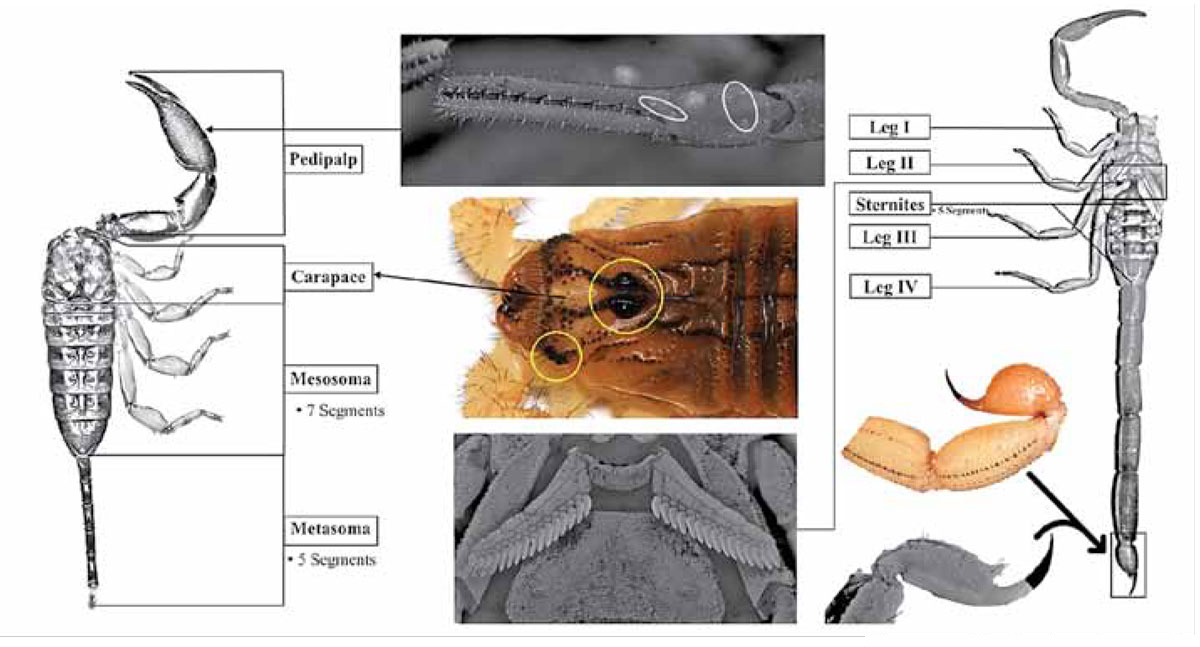
The general body plan of a scorpion
Scorpions are equipped with a 360-degree surveillance system with many advanced sensory organs. Other than a pair of median eyes and many (3-5) lateral eyes on each side of the anterior part of the carapace, the scorpion’s body has many sensory hair-like setae. Among them, the trichobothria are the most sensitive and can detect minute airborne vibrations. Although they have multiple pairs of eyes, they rely mostly on these sensitive setae and they also have very advanced chemical and mechanical receptors. On the ventral side, scorpions have a pair of sensory comb-like structures, unique to them, called as pectines.
The pectine has a shaft attached to the pectinal teeth and they sense the surface while walking and look for chemical signatures. Scorpions breath via 4 pairs of book lungs present on the ventral segments of mesosoma.
Where do they live ?
Scorpions are found all over the world except for the polar regions. They live in forests, grasslands, caves, near human habitations, mountains, intertidal zones, etc. Some scorpions are recorded from extreme cold and hot regions of the world.
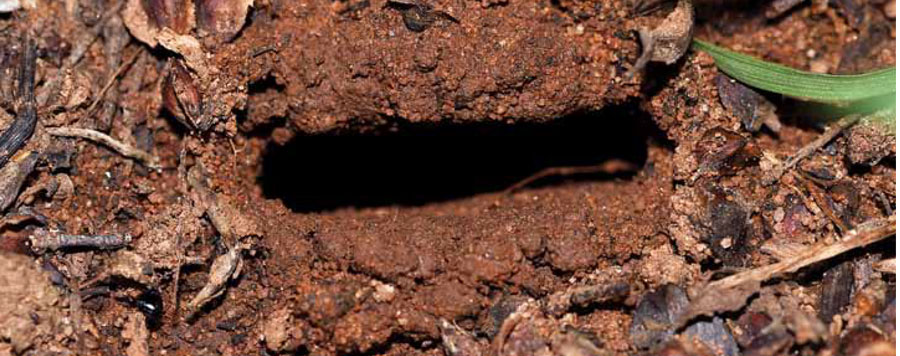
Elliptical opening of a scorpion burrow
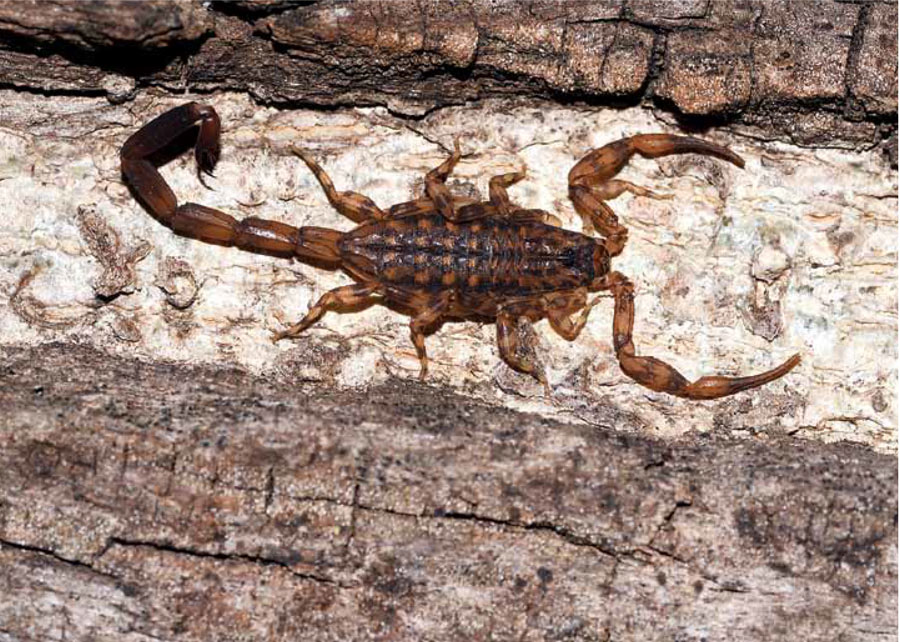
Assam bark Scorpion
Depending on the habits, scorpions can be broadly divided into-Rock dwelling, Burrowing, Arboreal and Under rock species.
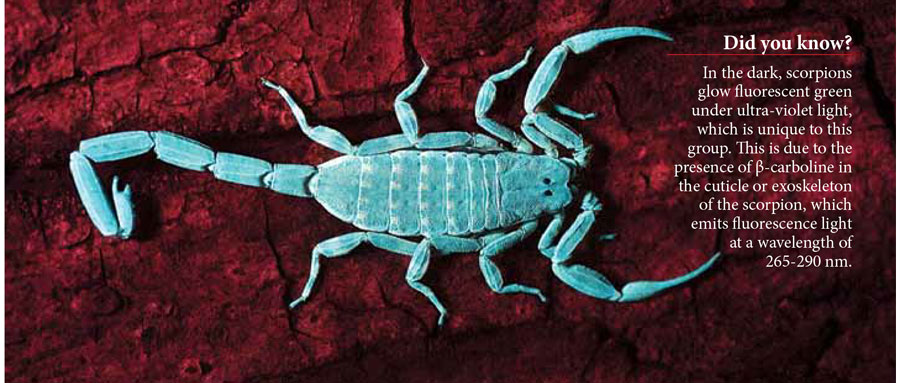
The scorpion dance
Scorpions have indirect sperm transfer mechanism, before which the mating pair performs “Promenade à deux” also known as the “scorpion courtship dance”. This is an elaborate process involving complex behaviour. During the courtship, the male grasps and holds the pedipalps of the female and perform dance like movements by going forward, backward and sideways.
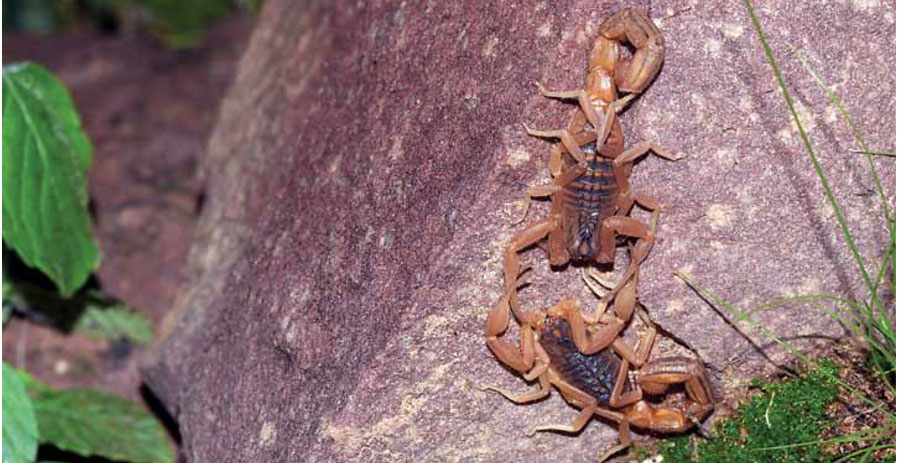
The pair also stretch their tail, as if stinging each other and massage each other’s chelicere. The dance lasts for some minutes to hours, during which the male searches for a suitable spot to deposit the sperm packet (spermatophore). After deposition, the male guides it’s partner to take up the sperm from the spermatophore and rapidly disengages from the partner. The gestation period can last for several weeks, depending on species.
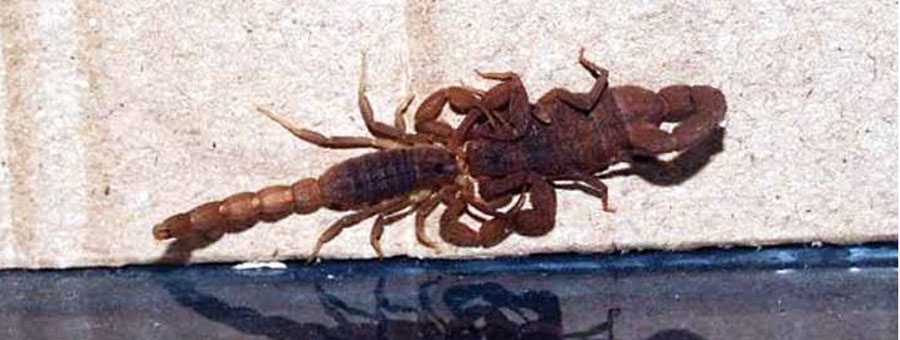
Courtship in Compsobuthus rugosulus found from Gwalior
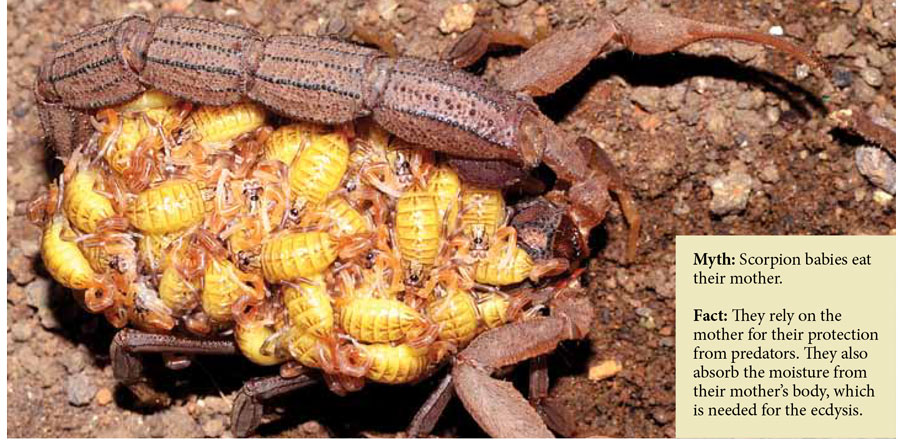
Jabalpur Yellow Scorpion with babies on it’s back.
Scorpions in the web of life
All scorpions are carnivores. They feed on a variety of animals ranging from insects to frogs, lizards, birds and small-sized mammals. To subdue the larger prey, buthid scorpions use the venom. Asian forest scorpions use their strong pincers to hold the prey. Scorpions also eat other scorpions (cannibalism). Apart from this, Scorpions are food of many animals such as lizards, snakes, birds and mammals. The eyelid gecko (Eublepharis spp.) and saw-scaled vipers (Echis carinatus) are the are known to feed on scorpions.
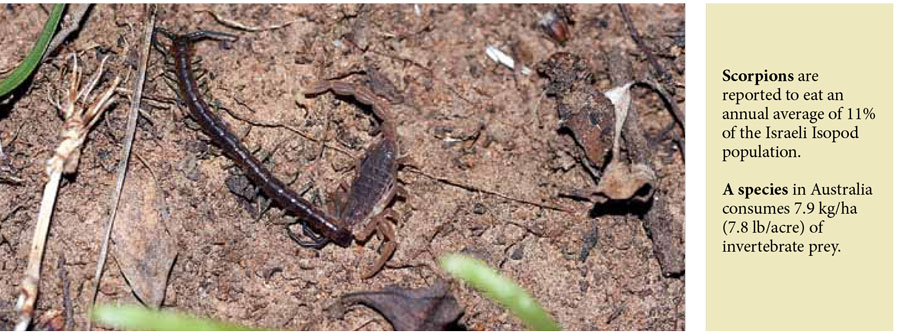
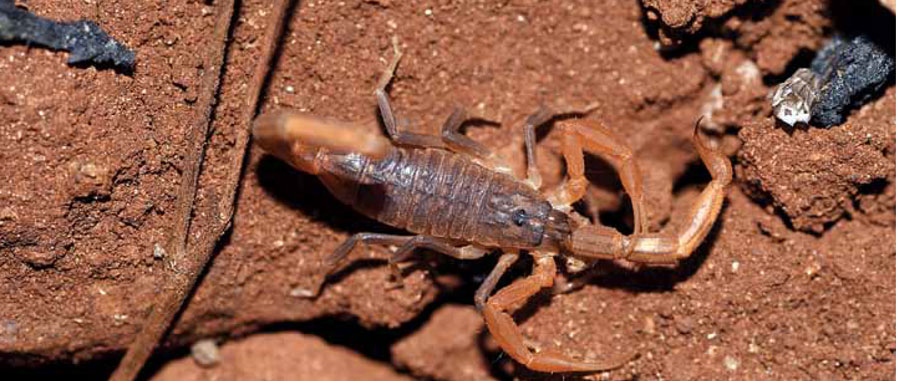
Need of the hour
Scorpiologists are still in the process of knowing more about the exact species diversity in scorpions, which is evident from the discovery of new species. With the advancement of molecular taxonomy the cryptic diversity of species is getting unravelled. Being a lesser know group, scorpions are facing the problem due to use of their venom in drugs and some therapeutic medicines, in international live pet trade and in traditional medicines. The international demand for this group is an emerging problem for the Indian scorpions as none of the scorpion species are legally protected. Its necessary to identify and check the trading routes, traded species and trading hotspots for their conservation.

Endemic Pachmarhi Flat Scorpion from Dhupgarh.



